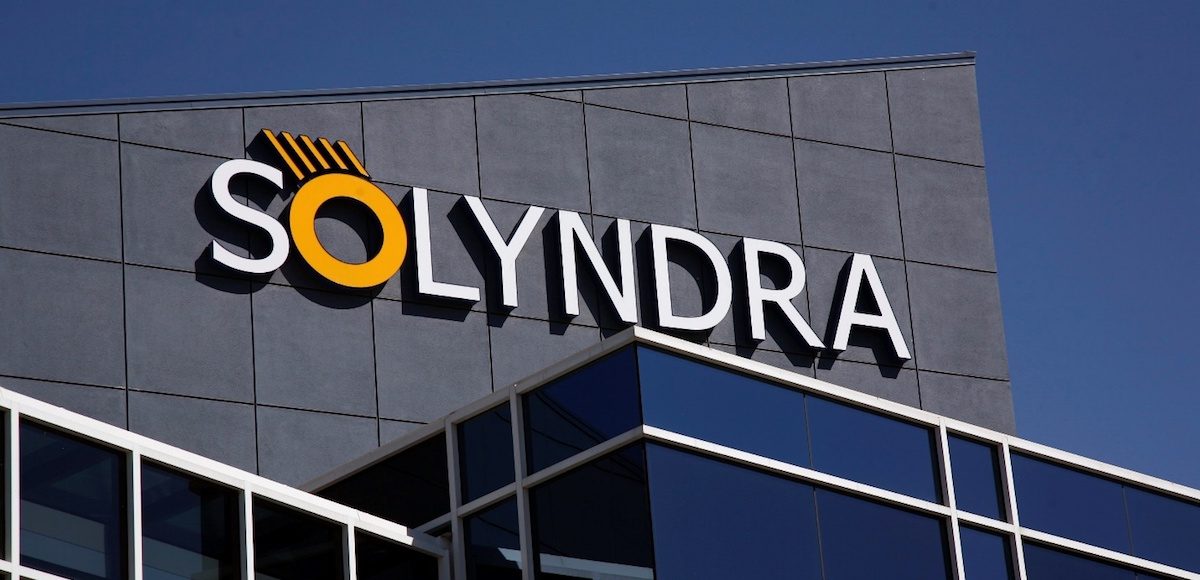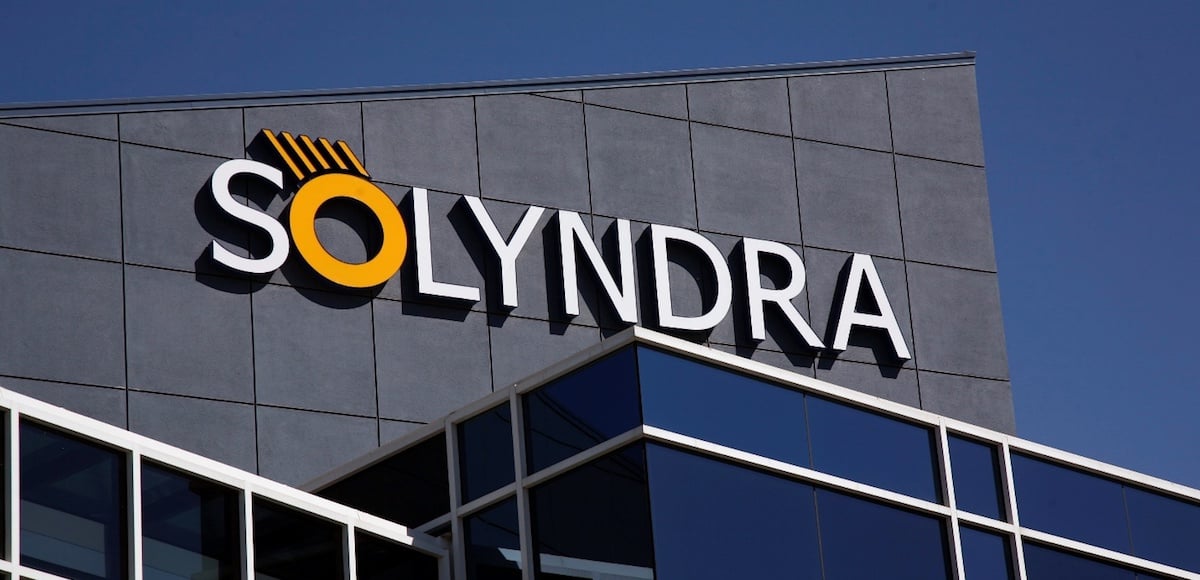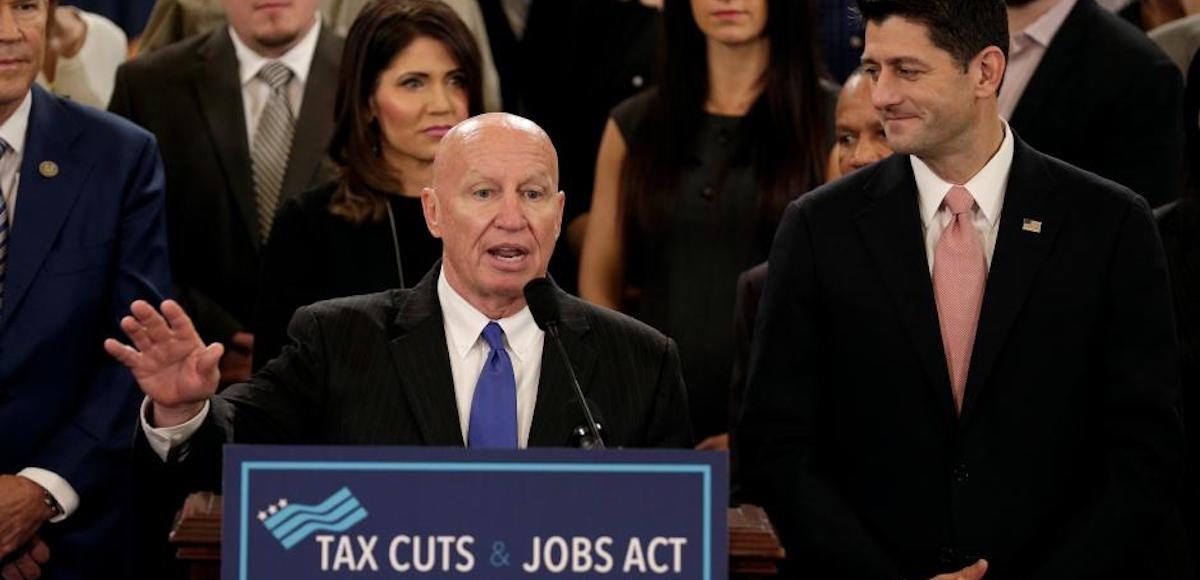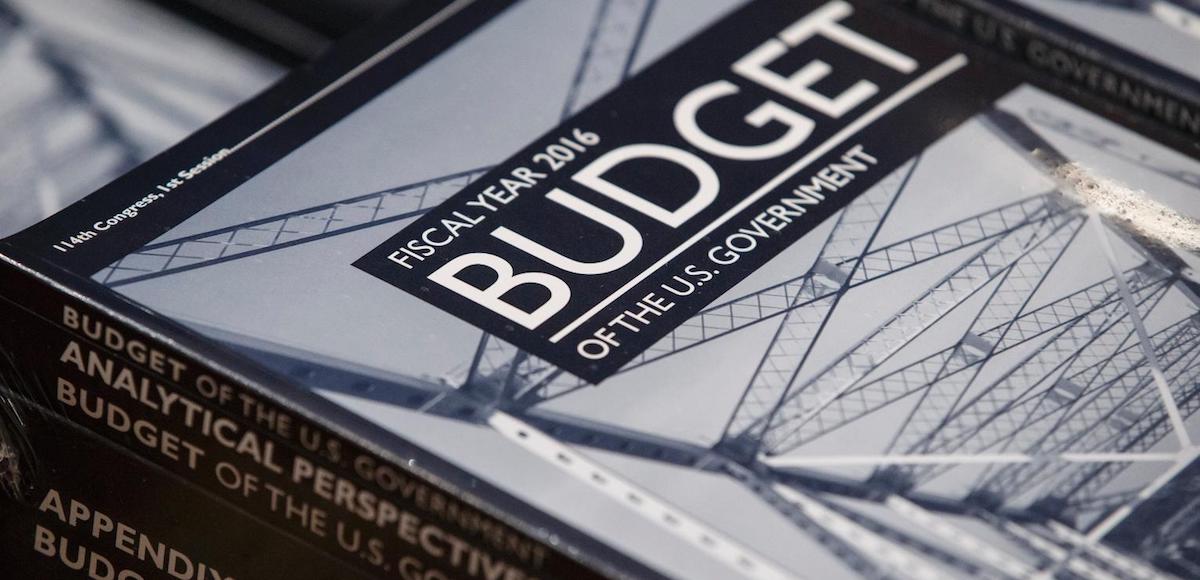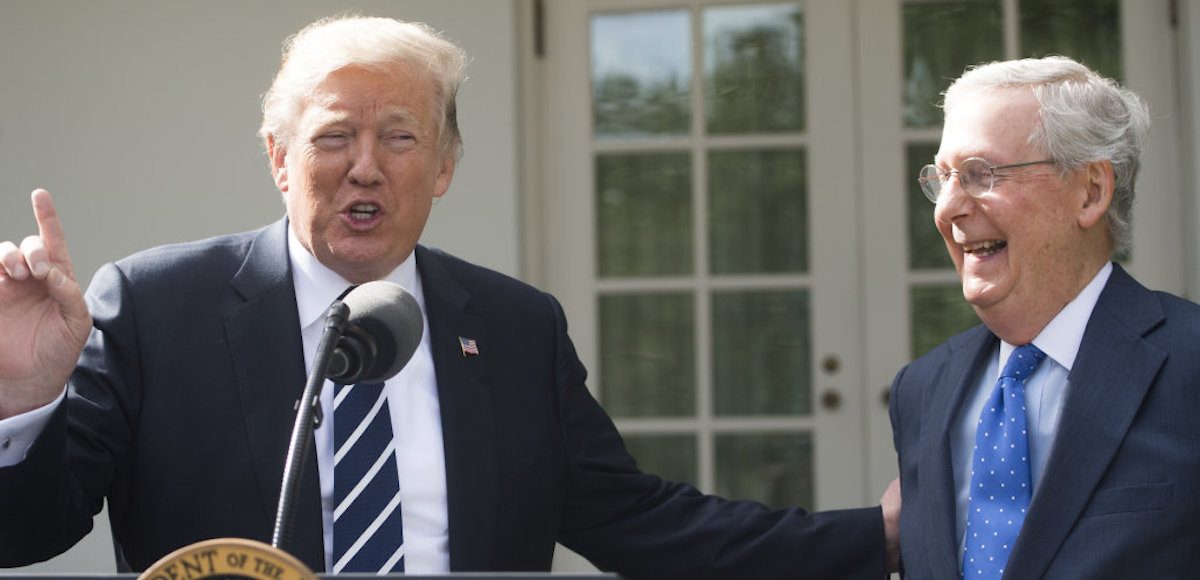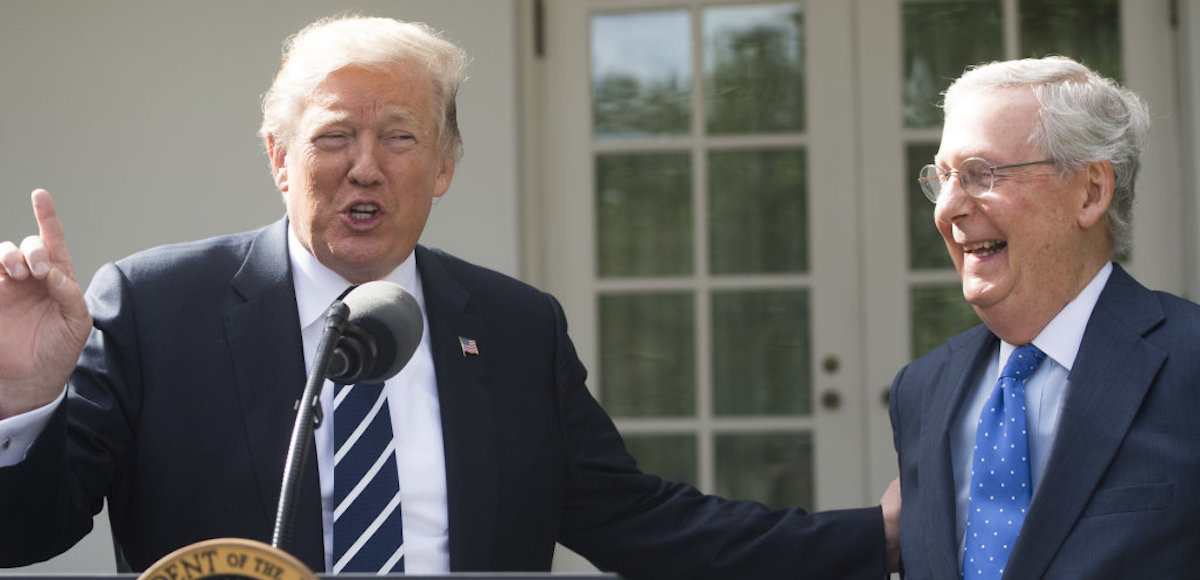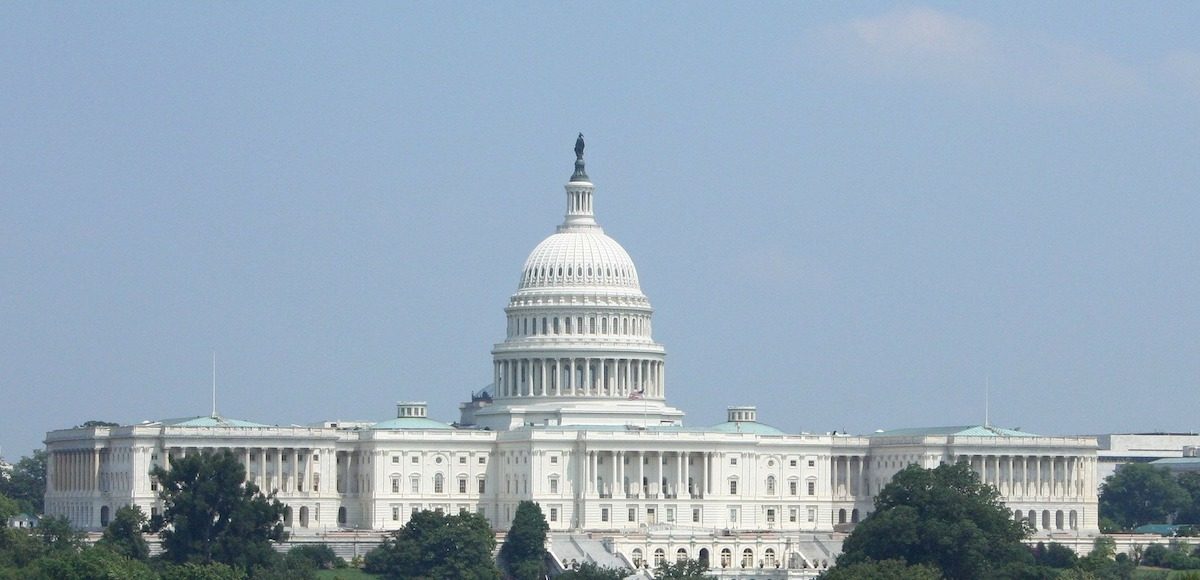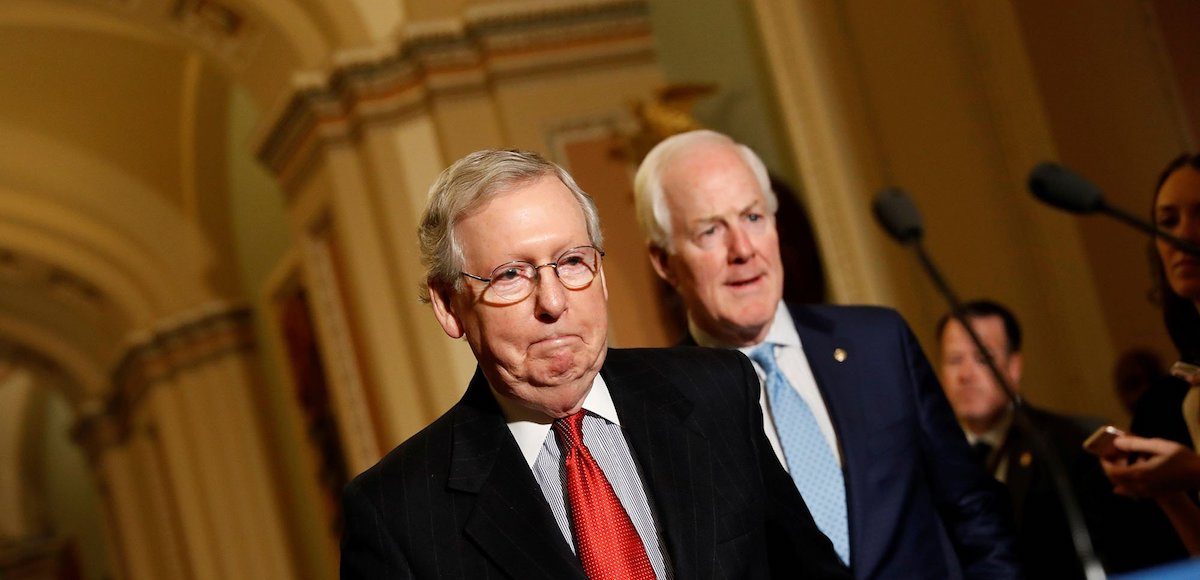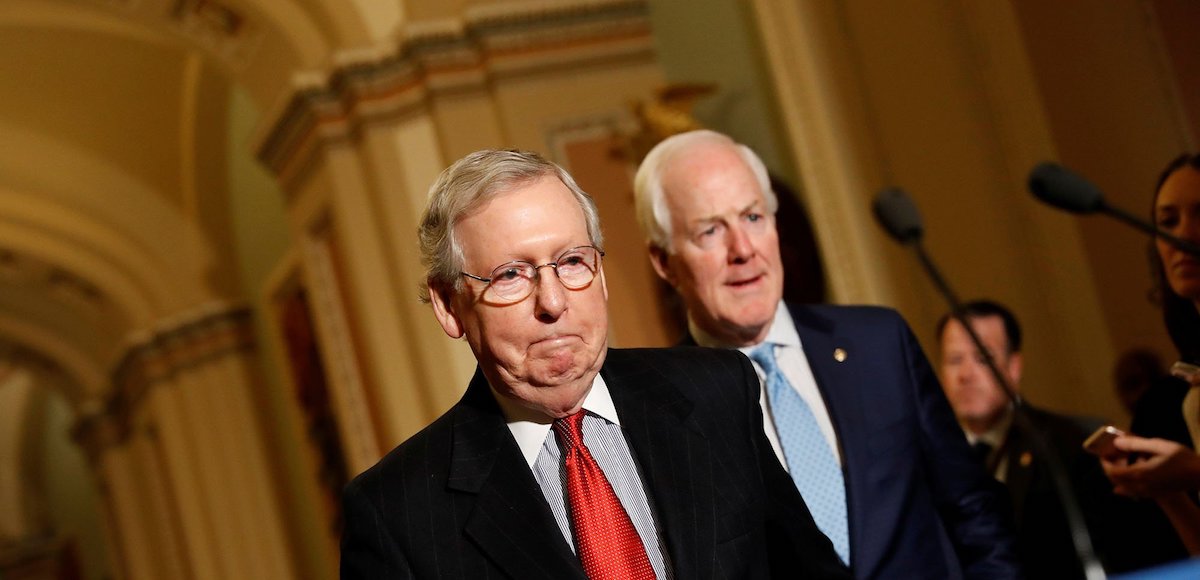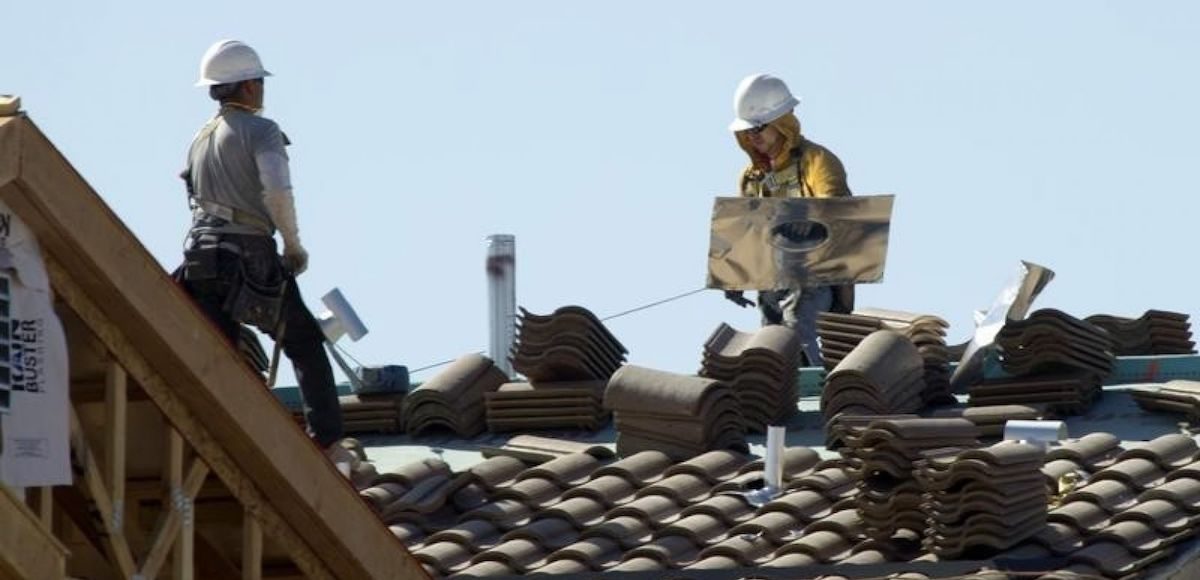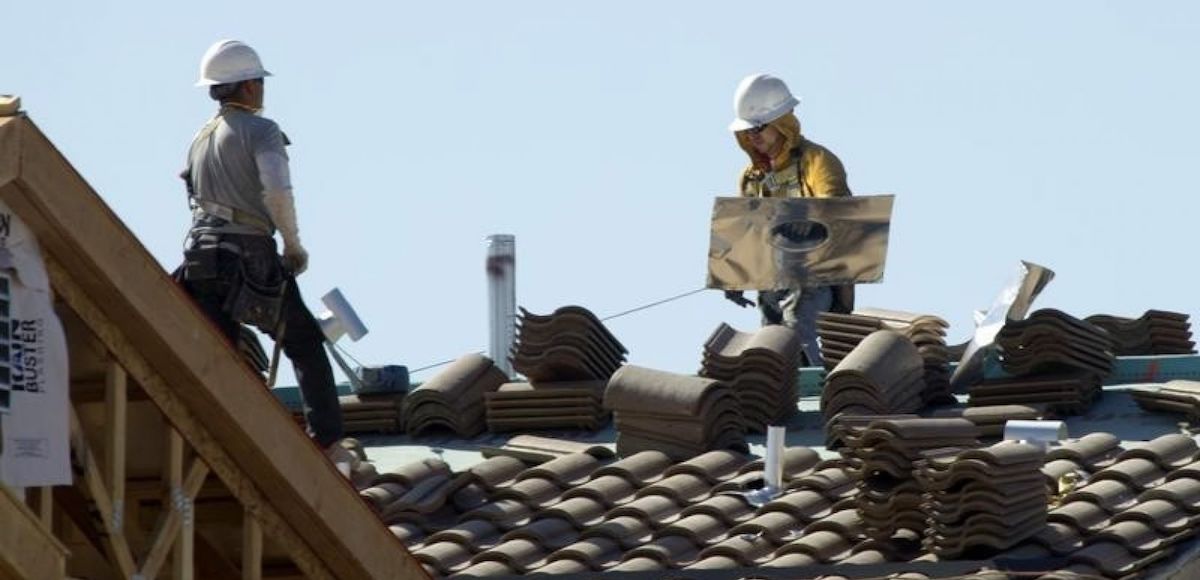Trump Endorses Moore for U.S. Senate in Alabama, Says “Jones a Pelosi/Schumber Puppet”
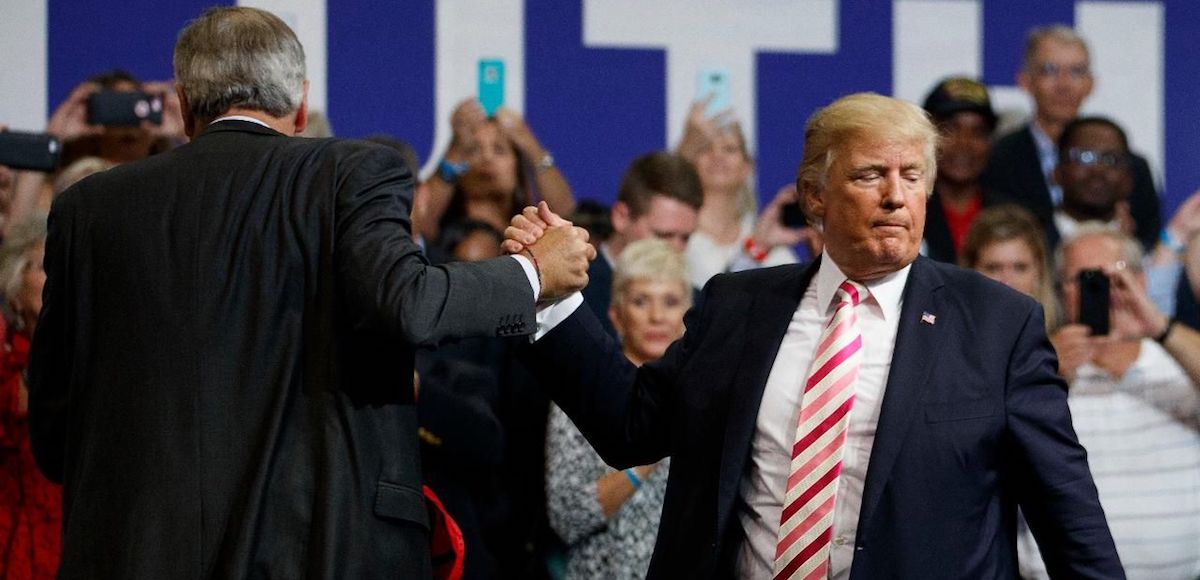
President Donald Trump, right, shakes hands with Senator Luther Strange in Huntsville, Alabama on September 22, 2017. (Photo: AP)
President Donald Trump endorsed Judge Roy Moore for U.S. Senate in Alabama on Monday, calling Democrat Doug Jones “a Pelosi/Schumer Puppet.” The president said voters should look at the big picture after the vote on tax reform, which passed the U.S. Senate for the first time in 31 years last weekend.
“Democrats refusal to give even one vote for massive Tax Cuts is why we need Republican Roy Moore to win in Alabama,” President Trump tweeted. “We need his vote on stopping crime, illegal immigration, Border Wall, Military, Pro Life, V.A., Judges 2nd Amendment and more. No to Jones, a Pelosi/Schumer Puppet!”
Democrats refusal to give even one vote for massive Tax Cuts is why we need Republican Roy Moore to win in Alabama. We need his vote on stopping crime, illegal immigration, Border Wall, Military, Pro Life, V.A., Judges 2nd Amendment and more. No to Jones, a Pelosi/Schumer Puppet!
— Donald J. Trump (@realDonaldTrump) December 4, 2017
Putting Pelosi/Schumer Liberal Puppet Jones into office in Alabama would hurt our great Republican Agenda of low on taxes, tough on crime, strong on military and borders…& so much more. Look at your 401-k’s since Election. Highest Stock Market EVER! Jobs are roaring back!
— Donald J. Trump (@realDonaldTrump) December 4, 2017
Shortly after President Trump’s tweet, Judge Moore responded on Twitter.
“Thankful for President Trump’s support,” He tweeted. “The America First agenda will #MAGA. Can’t wait to help him #DrainTheSwamp.”
Thankful for President Trump's support.
The America First agenda will #MAGA. Can't wait to help him #DrainTheSwamp.#ALSEN https://t.co/pYu9h7TYVN
— Judge Roy Moore (@MooreSenate) December 4, 2017
Judge Moore was had briefing been trailing Mr. Jones in some polls following the allegations of sexual harassment, while leading in others. Many of those allegations — including the two most serious — have not held up well under further scrutiny.
Gloria Allred, the lawyer for the woman who accused Judge Moore of rape, refuses to submit the yearbook she provided as exculpatory evidence to independent analysis. Leigh Corfman, who said she was inappropriately touched by Judge Moore when she was 14, didn’t provide a timeline that fit the events.
Now, Republicans are less likely to believe the allegations and again say they will vote. Judge Moore leads Mr. Jones 49% to 44%, the same margin the same poll found a day after the allegations were first made; he leads 46% to 43% in a new CBS News Poll; and, by 49% to 46% in the latest Emerson College Poll released Monday.
Conservatives have hammered Mr. Jones, a former federal prosecutor, over his positions on the issues. He supports abortions up to the moment before birth, is considered weak on crime and initially backed sanctuary cities before flip-flopping during the election.
White House legislative director Marc Short said that President Trump was “making the case to the people of Alabama that it’s a factor to consider that not one Democrat has been able to find time to say they support” the GOP tax plan.
“When allegations arise 38 years later, when Roy Moore has been a very public figure for those 38 years, he’s run multiple times statewide in Alabama, the people in Alabama have an opportunity to choose and make some decisions about Roy Moore’s character,” he said. “Putting all that together, he’s encouraging the people of Alabama to make the right decision.”
President Donald Trump endorsed Judge Roy Moore
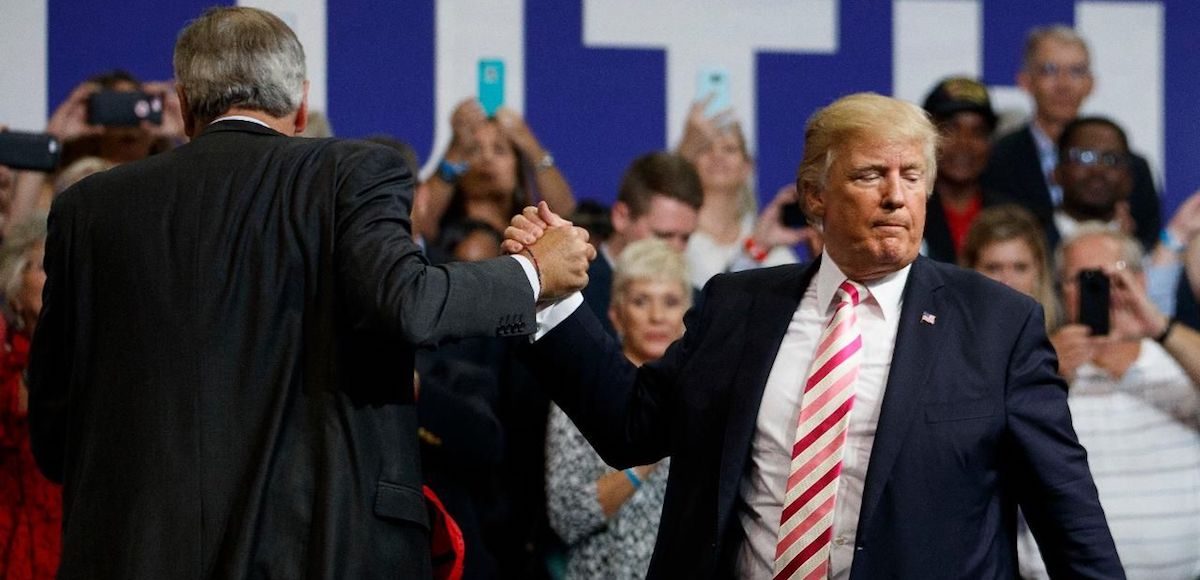
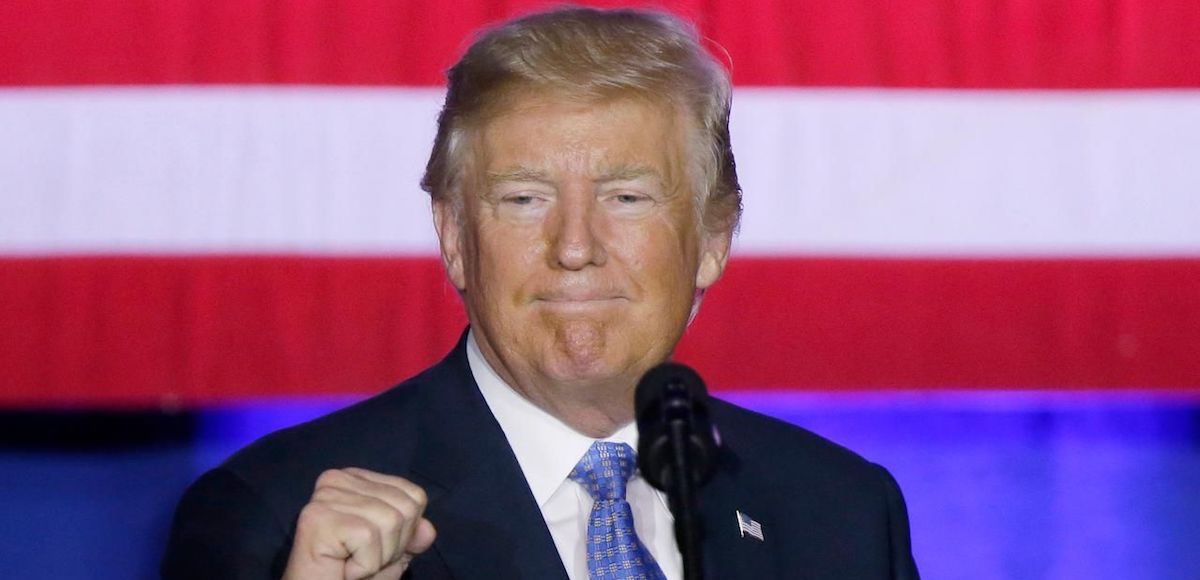
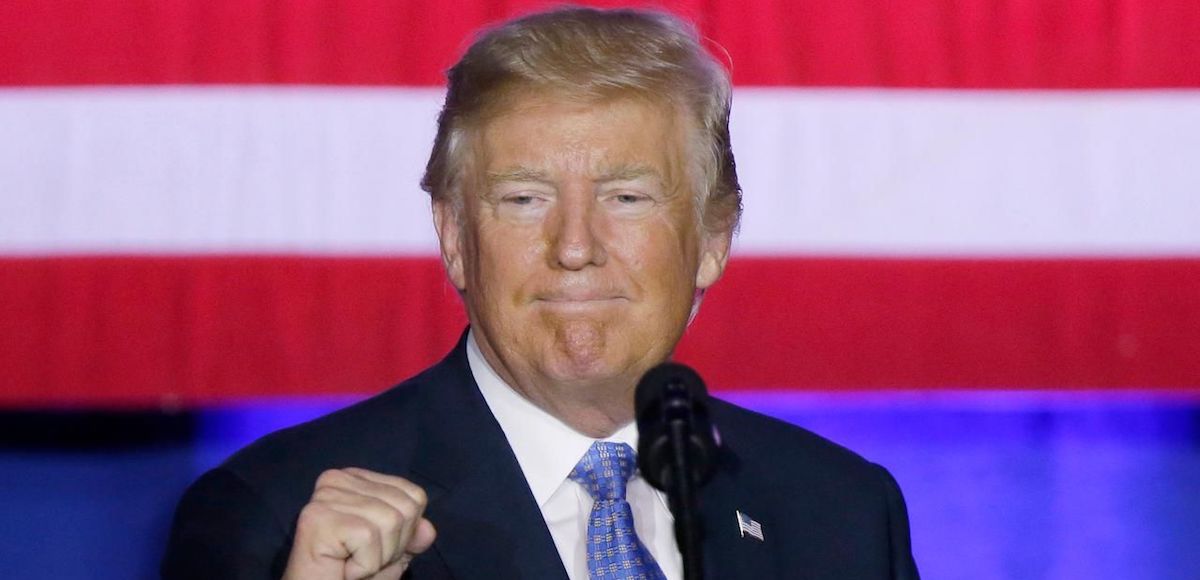

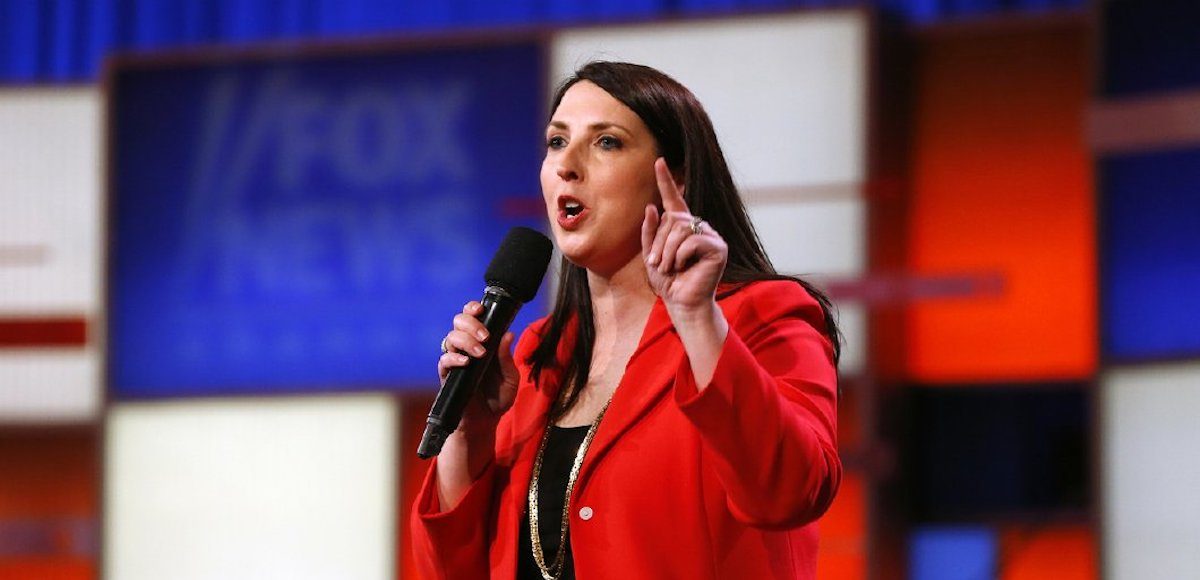
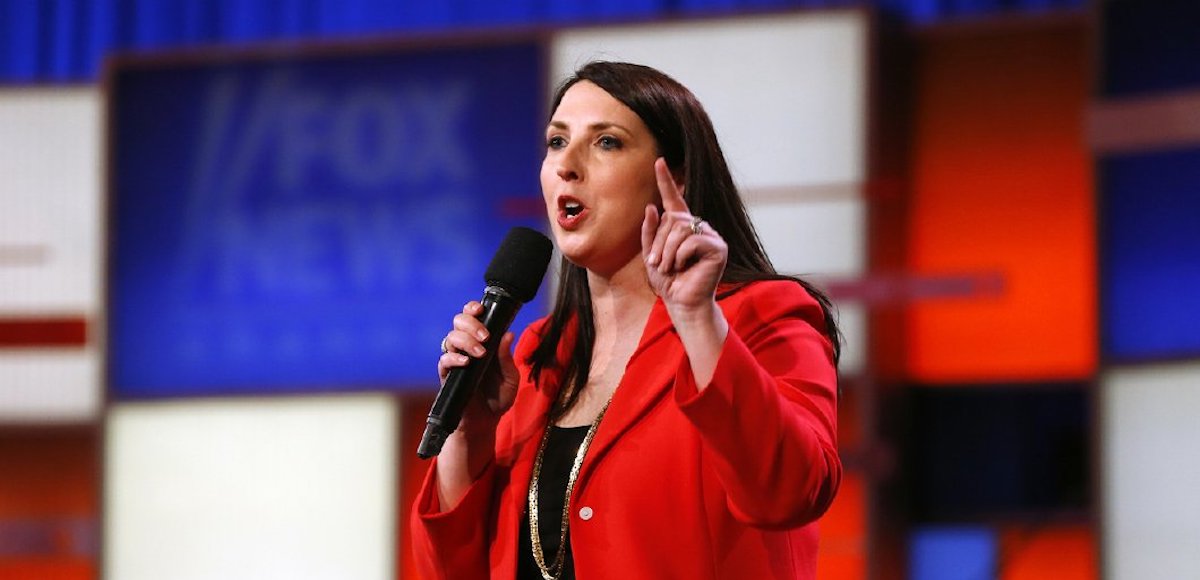
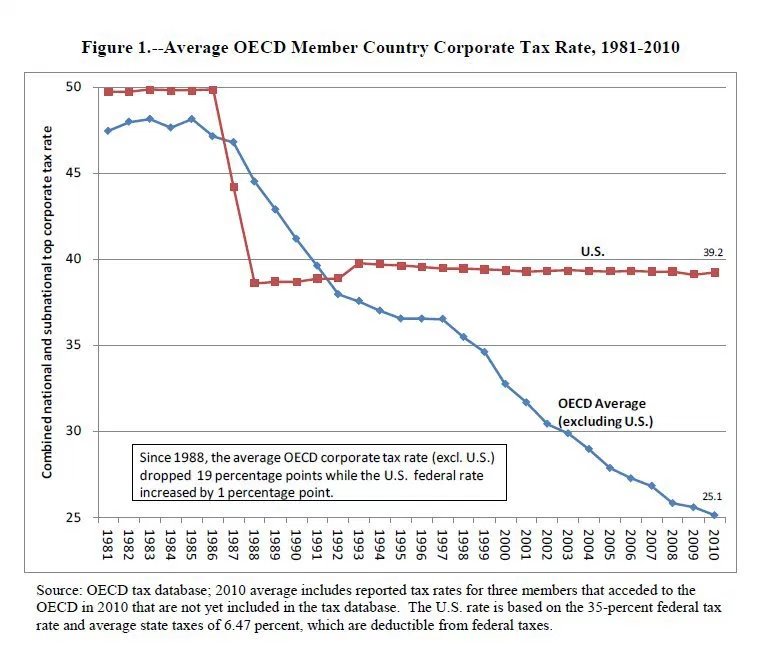 “According to the non-partisan Joint Committee on Taxation, every income bracket would see tax relief under this bill,” Senator John McCain, R-Ariz., said in a statement. “The child tax credit would be doubled to $2,000 per child and the tax code would be substantially simplified.”
“According to the non-partisan Joint Committee on Taxation, every income bracket would see tax relief under this bill,” Senator John McCain, R-Ariz., said in a statement. “The child tax credit would be doubled to $2,000 per child and the tax code would be substantially simplified.”